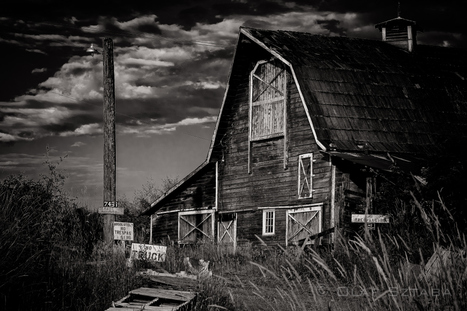With the surge in digital imaging technology, nearly everyone has gained access to the world of photography. One would think that the elimination of cost barriers, ease of use and abundance of processes would yield a large amount of exceptional work.
Quite the opposite! Photography has become a form of visual “fast food.” You don’t need to look far to find an avalanche of images: barbeque photos, birthday photos, parties, flowers, sunsets, sunrises etc. The majority of snapshots are taken without much thought and without any artistic or visual effort – just for the sake of taking them. After all, it is so easy to press the button, again and again and again…
But this is only a half the problem. Then, all these photographs are being constantly uploaded on the Internet – not for private viewing – they are there for others to enjoy too. Blurry photos are not a problem, ten of the same photo of a barbeque, not a problem. After all, you might want to see the grill and the meat on it from all angles. I guess you get my point.
What is the solution to this hysteria of snapping and sharing? Unfortunately there is none. There is, however, one area of photography that has remained relatively unaffected by this epidemic – it is a black and white photography. Why has black and white photography remained relatively immune to this problem? Because it requires some effort!
I was lucky enough to start my photographic life journey with black and white film not by the choice but through necessity. Back then in communist Poland it was difficult to get film – black and white was the most accessible and cheapest. Stripped from the distraction of colour I had to focus on the importance of light, my subject and emotions.
Even today with all the wonderful tools at our disposal, I believe the best way to learn the art of photography is by starting with black and white imagery.
Black and white is both the simplest and most sophisticated of photographic disciplines. When there is no distraction in terms of colour you are forced to compose, search for the right light, experiment and focus on the subject and its emotions. You take light and transform it into lines and shapes. You wait for a decisive moment and start arranging or eliminating the elements to create one whole – your vision. Brainless snapping has no place in this process. Ted Grant said, “When you photograph people in colour, you photograph their clothes. But when you photograph people in black and white, you photograph their souls!” I could easily extend this line of thought to other genres of photography. Look at Ansel Adams’s landscape masterpieces. Just shades and lines – it’s raw, it’s honest, it’s beautiful. No colour necessary!
While colour has its place, in the hands of a photo snapper it can become a masquerade or visual fast food. Have you ever wondered why there are so many ads with sunsets? They are easy to consume!
Don’t get me wrong – I like colour and there are many brilliant photographers that use the colour palette with stunning results. In fact, the majority of my own work is in colour.
At the same time I found colourful photographs are easier to take. Sometimes the lack of composition or a weak subject could be masked with spectacular colours. You don’t need to indulge in a photograph. You don’t need to connect intellectually and visually with the photo – it is just there. Very often you hear people say, “What amazing colours!” The rest is not important.
It is very different with a good black & white image. Colour, your main distraction, is out of sight. Your senses immediately awaken to search for something more, something deeper and more profound. You look for forms, shapes and lines. You start de-coding the message. It takes effort to process the photographer’s message, to interpret those lines and shapes. It is a much richer experience.
So each time you find yourself at an artistic crossroads or feel a lack of inspiration, go back to seeing in black and white. You will be amazed how much better your photographic vision will get. Even your colour work will gain a new perspective and freshness.
All images but last two taken with the Fuji X-Pro1.
Via Thomas Menk


 Your new post is loading...
Your new post is loading...








